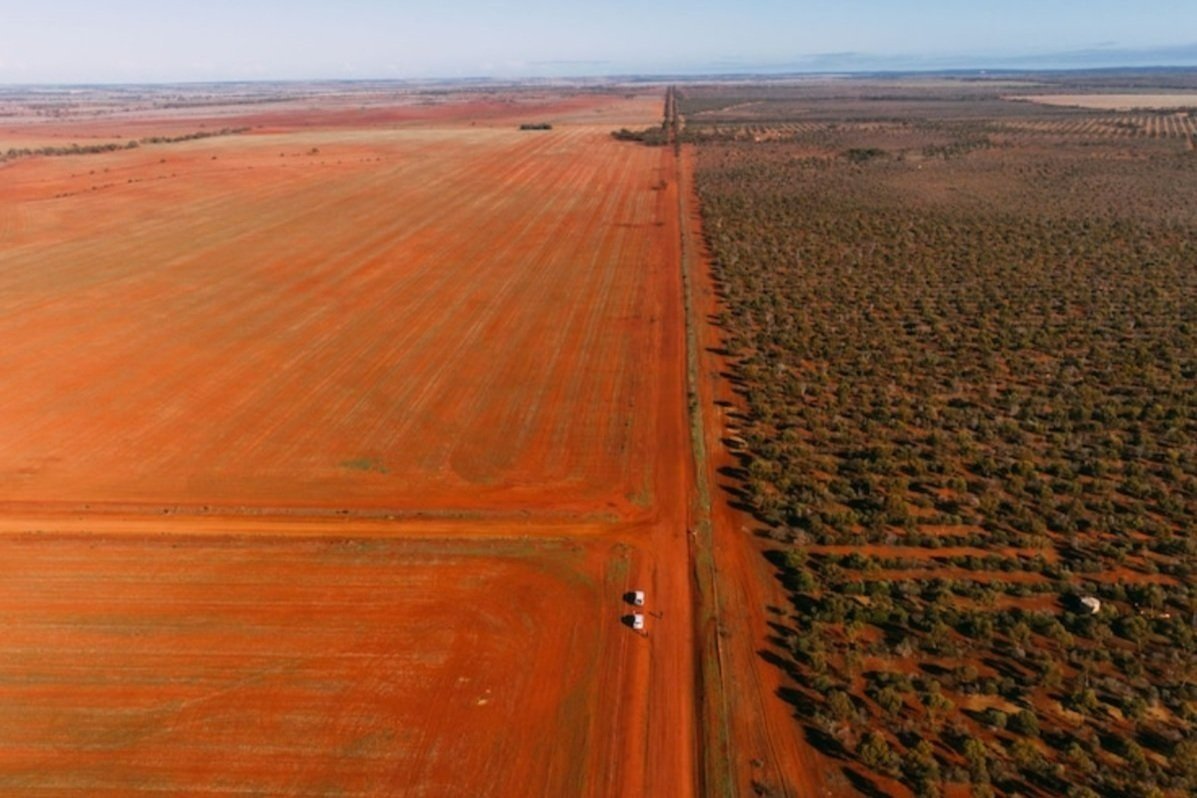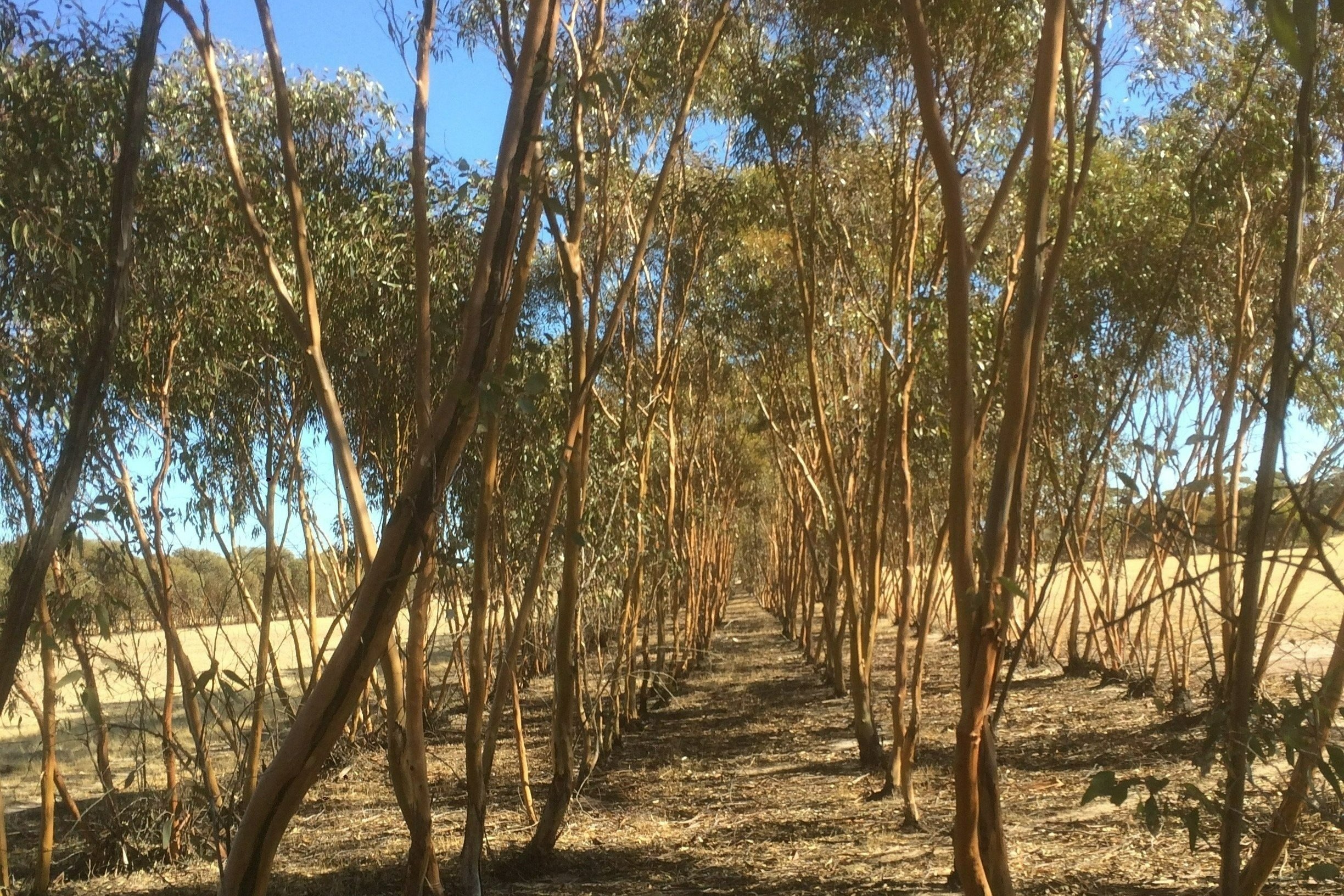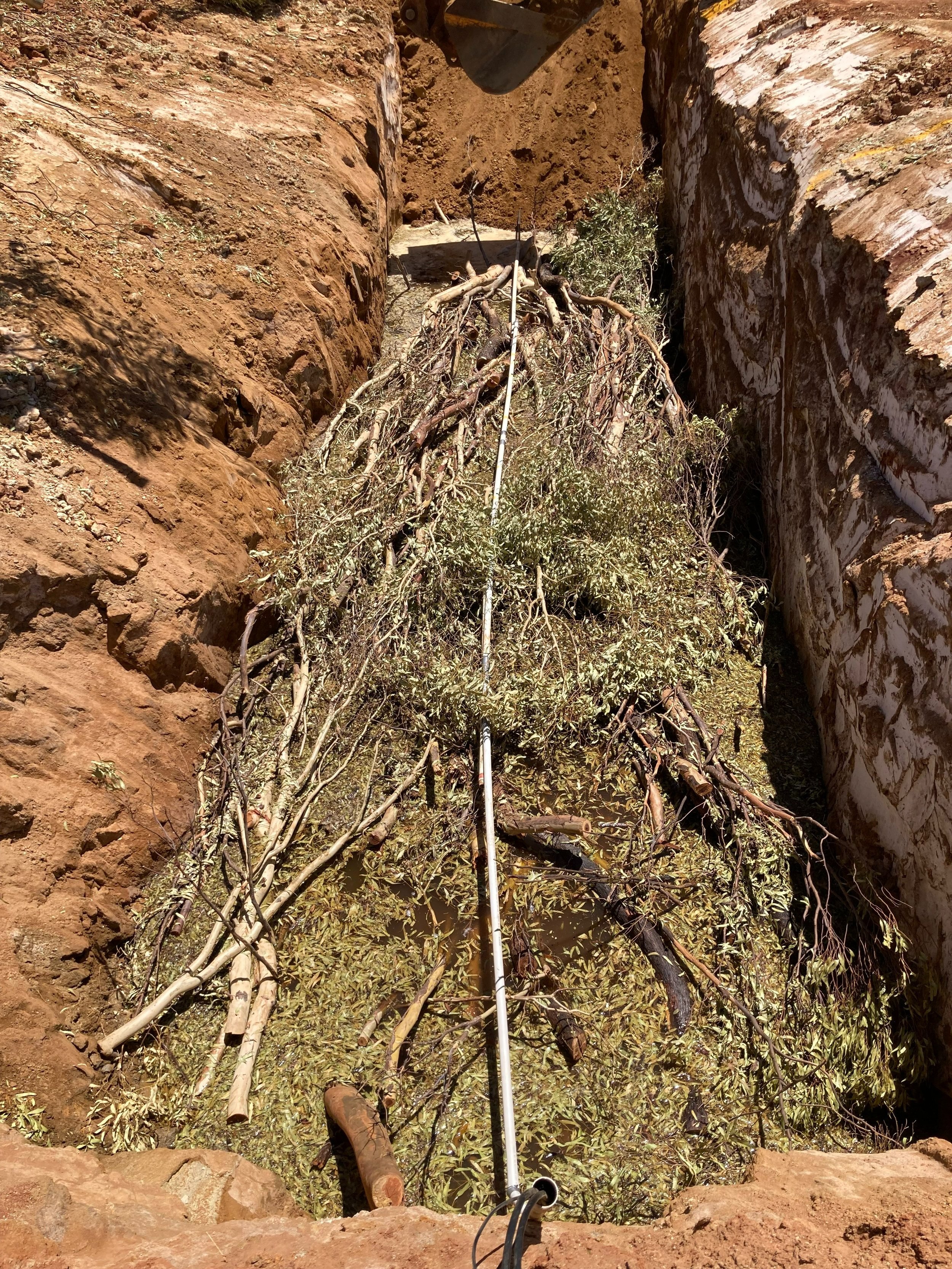InterEarth
Bigger Picture
Biomass carbon removal and storage (BiCRS) harnesses nature’s way of drawing down CO₂ through photosynthesis and then interrupts the natural carbon cycle to lock it away for the long term. We need to remove gigatonnes of CO₂ by 2050 to keep global temperature rises well below 2°C and scaling needs to begin this decade. BiCRS pathways provide more diverse approaches compared to other CCS technologies with long technical development roadmaps.
Read more about biomass with carbon storage ➜
The problem
Photosynthesis is already a very effective CO₂ capture approach, but the challenge is in how to store this carbon and stop it from decaying and releasing back into the atmosphere. With greater demand for high-quality carbon removal and increasing carbon prices, BiCRS looks to be a better option than expensive and inefficient bioenergy production with secondary carbon capture. Burying biomass can theoretically lock away close to 100% of the embodied carbon but, with no other revenue stream to rely on, costs must be low to stand a chance. Access to appropriate land, a consistent and sustainable feedstock supply and biomass transportation distances are all challenges to the suitability, cost and scale of biomass burial solutions.
Why InterEarth?
Leveraging photosynthesis InterEarth has developed an approach to growing and burying biomass through coppicing trees (chopping and letting them regrow) that maintains rapid growth and continual carbon drawdown. Each planting yields multiple harvests so InterEarth can maximise carbon removal at minimal cost. And by tactical site selection and the right distribution of burial sites, transporting biomass is no longer a barrier.
Limiting Australia’s greatest environmental disaster InterEarth’s target land has been damaged by clearing deep-rooted native species for short-rooted crops. This has seen water tables rise and soil quality damaged as higher evaporation rates leave more and more salt behind - this is “secondary salination” already affects 2.5 million hectares of previously arable land in Australia alone. The InterEarth solution will help to limit the ongoing process of secondary salination by returning deep-rooted native trees to previously cleared marginal farmland.
Pickling biomass confines carbon for hundreds of years Burying the biomass where it will be inundated in hypersaline groundwater (5x saltier than the sea) effectively pickles the biomass and initial testing has validated that a very high proportion of carbon can remain sequestered.
An elegant, scalable solution With low capital and operating expenses, InterEarth’s low-tech solution is easy to deploy and has a rapid route to scale. They have already put 80t of CO₂e in the ground, sold future carbon removal credits, and forecast that they can be sequestering hundreds of thousands tonnes a year by 2026.
New opportunities for farmers and communities Giving these lands a new lease of life means reinvigorating social and economic opportunities for farmers and landowners, improving soil health and reducing fire risk.
In safe hands Bringing together commercial, technical, mining and farming expertise, the InterEarth team is perfectly positioned to execute their plan of putting carbon back where fossil fuels have taken it from – under the ground.






